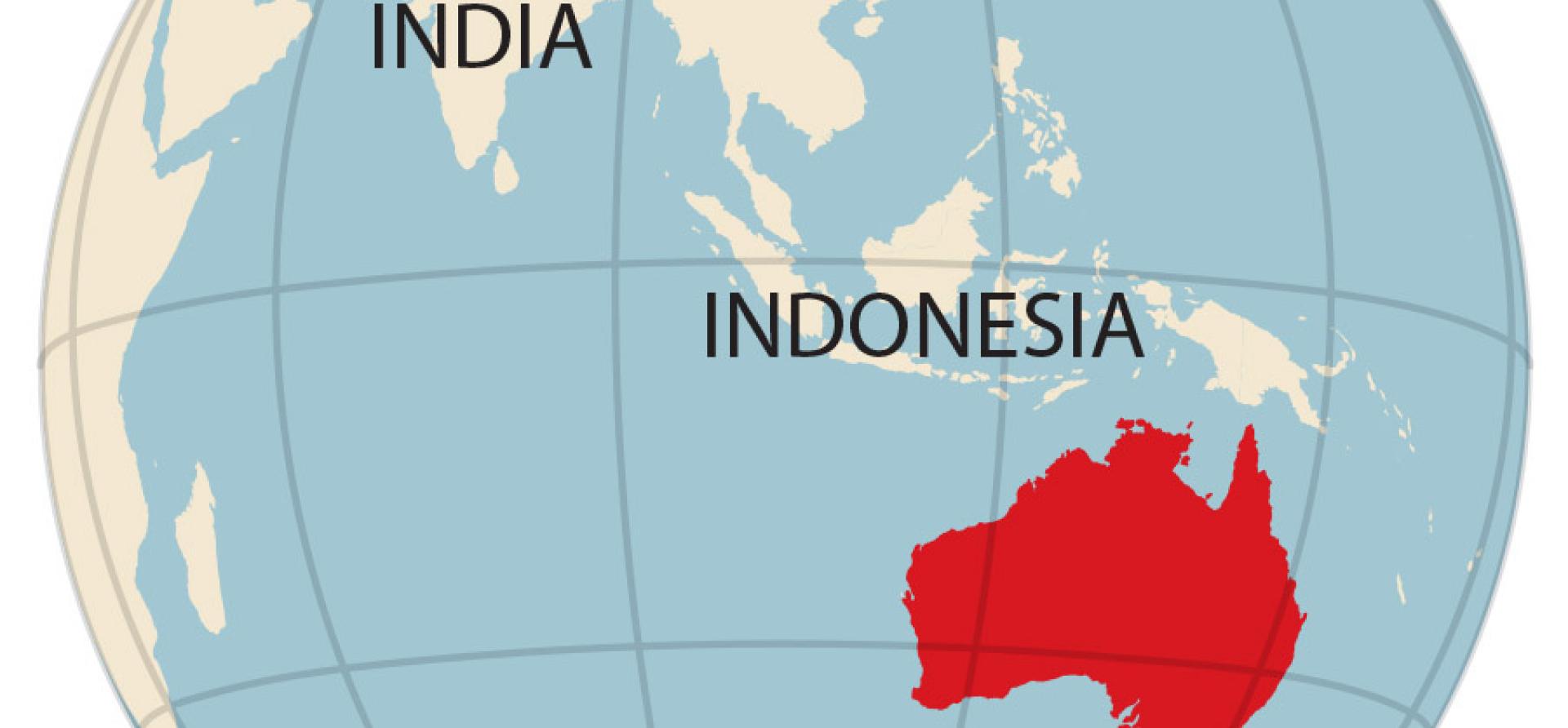IEEFA Australia: AEMO looks to smarter ways of managing abundant solar

Australia has a growing opportunity to change how we use electricity to make the most of abundant solar in the middle of the day. The question is how best to make use of this wonderful resource, while managing system security.
South Australia is at the cutting edge
South Australia is at the cutting edge of this opportunity.
The proportion of South Australia’s electricity demand met by large scale and small-scale variable renewable energy generation has grown from 0% to 60% in just 14 years.
Coal was phased out in 2016. Today South Australia’s grid is dominated by solar and wind backed up by battery storage and interstate grid connectivity, and 4 in 10 households have rooftop solar – the largest-equal penetration with Queensland.
Which was great until in 2020 the South Australian government introduced a mechanism allowing networks to cut off household’s rooftop solar via consumer-nominated agents when the Australian Energy Market Operator (AEMO) deemed it necessary for system security. AEMO then suggested solar cut-offs would be needed in Queensland and Victoria.
The rooftop solar cut-off regulation is a blunt instrument
In April 2021, IEEFA published a briefing note detailing why the rooftop solar cut-off regulation was a blunt instrument. It was adopted by the South Australian government in a matter of weeks without a cost-benefit analysis of alternative options, let alone consideration of compensating households for any losses. The solar cut-off regulation was recently used for the first time on South Australian homes and businesses during planned maintenance works, not an emergency.
In good news yesterday, AEMO acknowledged the need to move to a more transparent mechanism developed with stakeholder input into the design.
Such consideration is most welcome.
Australia leads the world in abundant solar, especially from rooftop systems. AEMO is charting new territory and consumers need confidence that the system and future markets will serve their best interests.
IEEFA notes there are advantages in well-defined lack of reserve (LOR) notices being used for the Reliability & Emergency Reserve Trader (RERT) scheme for peak demand. LOR notices tell the market that supply is getting low, for example on the third or fourth afternoon of a summer heatwave, which activates pre-planned responses from voluntary participants (like reducing demand).
LOR notices tell the market that supply is getting low
At a webinar hosted yesterday by IEEFA and the Smart Energy Council, Scott Chapman, AEMO’s General Manager of Distributed Markets and Services outlined that AEMO is thinking along the same lines, including about the possibility of establishing a Minimum System Load (MSL) mechanism.
An MSL mechanism would set out levels MSL1, 2 and 3 where market notices would be issued in the opposite circumstance to peak demand in the RERT, that is, when there is abundant supply and minimum system load:
- MSL1: advising that a minimum demand threshold was approaching and requesting a market response
- MSL2: increased risk of minimum demand threshold breach: DNSPs activate utility, large customer and C&I front stops
- MSL3: high probability of minimum demand threshold breach threatening power system security; DNSPs activate all emergency backstops.
While AEMO’s Scott Chapman didn’t rule out using solar cut-offs as one of these emergency backstops, he said AEMO recognised the need to ‘build social licence’, be more transparent, and to better quantify the risk as part of developing the new mechanism.
A tiered approach to managing abundant solar could be a significant improvement
A tiered approach to managing abundant solar could be a significant improvement on the current situation especially if it imitates some of the important transparency and technical oversight features of the RERT. Ideally, it would also be consistent with Energy Consumers Australia’s recommendations for a social licence for mandatory control.
Scott Chapman outlined that AEMO are in the early stages of contemplating such a scheme and has committed to conversations with stakeholders to develop the design.
And what of the current solar cut-off regulation in South Australia?
AEMO’s May 2020 report stated: ‘If EnergyConnect proceeds as proposed in 2023, this risk should be largely eliminated beyond that date’.
Given this, IEEFA recommends that the South Australian government place a sunset date on the solar cut-off regulation coincident with the SA-NSW interconnector being operational.
By Gabrielle Kuiper, DER Specialist and IEEFA Guest Contributor
This commentary first appeared in One Step Off the Grid.
Related articles:
















